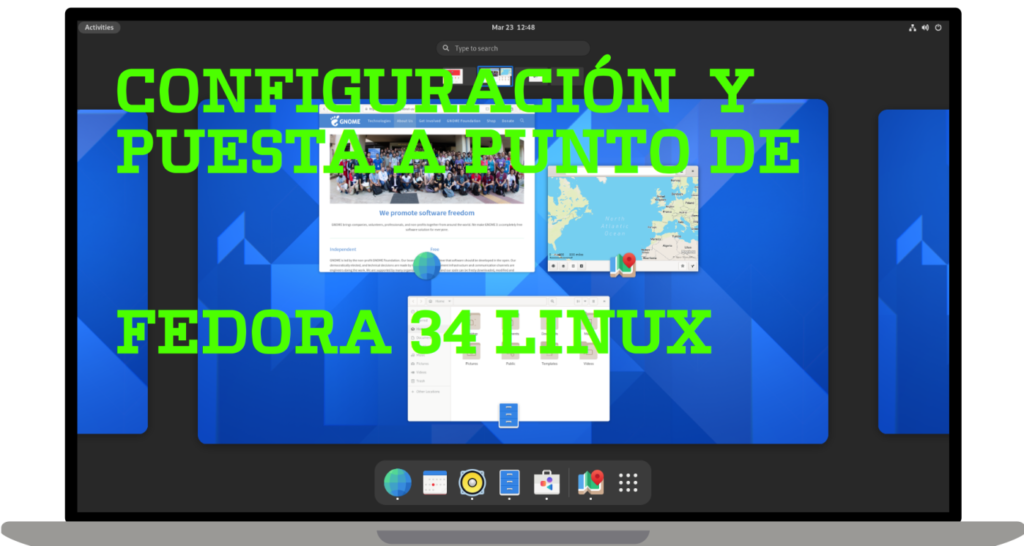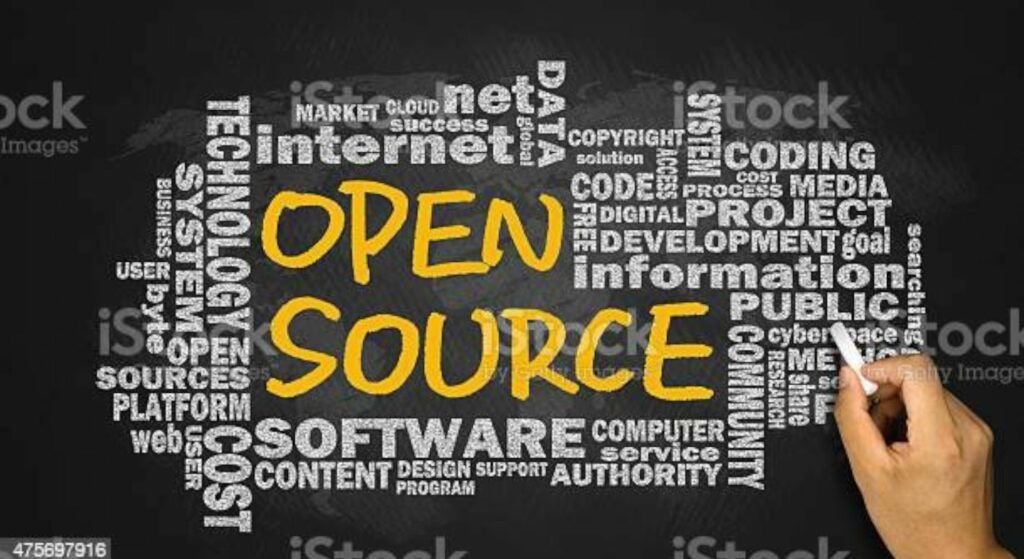GIMP is a cross-platform image editor available for GNU/Linux, macOS, Windows and more operating systems. It's free software, so you can change its source code and distribute your changes.
Whether you're a graphic designer, photographer, illustrator, or scientist, GIMP provides you with sophisticated tools to get your work done. You can further enhance your productivity with GIMP thanks to its many customization options and third-party add-ons.
- GIMP provides the tools necessary for high-quality image manipulation. From retouching to restoration and creative compositing, the only limit is your imagination.
- GIMP gives artists the power and flexibility to transform images into truly unique creations.
- GIMP is used to produce icons, graphic design elements, and artwork for mockups and user interface components.
- GIMP is a high-quality framework for scripting image manipulation, with support for several languages, including C, C++, Perl, Python, Scheme, and more.
- GIMP provides top-notch color management features to ensure high-fidelity color reproduction in digital and print media. It is best used in workflows that involve other free software such as Scribus and Inkscape.
- GIMP provides extensibility through integration with many programming languages, including Scheme, Python, Perl, and more.
The result is a high level of customization, as demonstrated by the large number of community-created scripts and plugins.
Function overview.
GIMP is a versatile graphics manipulation package.
Customizable interface
Each task requires a different environment, and GIMP lets you customize the view and behavior as you wish. Starting with widget themes, you can change colors, widget spacing, and icon sizes to customize the tool sets in the toolbox. The interface is organized into docks, allowing you to stack them in tabs or keep them open in their own window. Pressing the Tab key will hide them.
GIMP features an excellent full-screen mode that allows you to not only preview your artwork but also perform editing work while using most of your screen.
Photo enhancement
Numerous imperfections in digital photographs can be easily compensated for using GIMP. Correct perspective distortion caused by lens tilt by simply choosing the corrective mode in the transformation tools. Eliminate barrel distortion and lens vignetting with a powerful filter yet simple interface.
Barrel distortion
The included channel mixer gives you the flexibility and power to make your black and white photography stand out the way you need it to.
Digital Retouching
GIMP is ideal for advanced photo retouching techniques. Get rid of unnecessary details with the clone tool or easily retouch minor details with the new healing tool. With the perspective clone tool, it's easy to clone objects with perspective, just as easily as with the orthogonal clone tool.
Hardware support
GIMP includes exclusive support for a variety of input devices right out of the box. Pressure- and tilt-sensitive tablets, as well as a wide range of USB or MIDI controllers. You can bind frequently used actions to device events, such as spinning a USB wheel or moving a MIDI controller's slider. Change the size, angle, or opacity of a brush while painting, bind your favorite scripts to buttons. Speed up your workflow!
Supported file formats
File format support ranges from the most common such as JPEG ( JFIF ), GIF , PNG , TIFF to special-purpose formats such as Windows icon files with multiple resolutions and multiple colors. The architecture allows GIMP's formatting capabilities to be extended with a plug-in. Support for some uncommon formats can be found in the GIMP Plugin Registry.
Thanks to the transparent virtual file system, it is possible to upload and save files from remote locations using protocols such as FTP, HTTP or even SMB (MS Windows shared) and SFTP/SSH.
To save disk space, you can save any format with a file extension like ZIP, GZ, or BZ2 and GIMP will transparently compress the file without any additional steps.
GIMP is an acronym for GNU Image Manipulation Program. It is a freely distributed program for tasks such as photo retouching, compositing, and image creation. The terms of use and rules regarding copying are clearly listed in the GNU General Public License.
Supported platforms
GNU/Linux
Microsoft Windows (7 or newer)
macOS (10.12 or later)
Solaris
FreeBSD
Install and uninstall Gimp on Fedora Linux:
GIMP on Fedora Linux via DNF
Fedora's default DNF repository offers a stable and secure option for installing GIMP, install GIMP by running:
$ sudo dnf install gimp
For those who need additional tools for GIMP, here are some plugins or extensions:
GIMP Extra Files is a collection of additional data files that adds a few brushes and patterns to the set of files already included in the GIMP tarball.
$ sudo dnf install gimp-data-extras
GIMP Plugin and Extension Development Kit with development tools:
$ sudo dnf install gimp-devel gimp-devel-tools
Help files for GIMP Spanish (es) language support:
$ sudo dnf install gimp-help gimp-help-es
Luminosity Mask Channels Plugin for Gimp:
$ sudo dnf install gimp-luminosity-masks
Collection of brushes and tool options presets for GIMP:
$ sudo dnf install gimp-paint-studio
Gimp plugin for texture synthesis, a library that implements the "resynthesizer" algorithm for transferring textures between images.
$ sudo dnf install gimp-resynthesizer
Save for Web and Optimize Images for Web Plugin:
$ sudo dnf install gimp-save-for-web
GIMP Plugins Extra is a collection of over 100 scripts for GIMP distributed under the GFDL license. Essential.
$ sudo dnf install gimpfx-foundry
GIMP plugin for recovering raw image data from digital cameras:
$ sudo dnf install ufraw-gimp
GIMP plugin that provides the SANE scanner interface:
$ sudo dnf install xsane-gimp
Verify GIMP DNF installation
After installation, it's critical to verify that GIMP has been installed correctly on your Fedora system. Check the installed version by running:
$ gimp --version
Programa de manipulación de imágenes de GNU versión 2.10.36
Remove GIMP on Fedora Linux
If you no longer need GIMP on your Fedora Linux system for GIMP installations using the DNF package manager, use the following command:
$ sudo dnf remove gimp
Install GIMP using the Flatpak command
With Flatpak and Flathub configured, you can now install GIMP. Run the following to begin the installation:
$ flatpak install flathub org.gimp.GIMP
$ flatpak run org.gimp.GIMP
If you no longer need GIMP on your Fedora Linux system for GIMP installations using Flatpak, use the following command:
$ flatpak remove --delete-data org.gimp.GIMP
Conclusions
GIMP is an acronym for GNU Image Manipulation Program. It's a freely distributed program for tasks such as photo retouching, compositing, and image creation, packed with professional-level features that can rival those of commercial alternatives like Adobe Photoshop.
It has many capabilities. It can be used as a simple paint program, an expert-quality photo retouching program, an online batch processing system, a mass-production image renderer, an image format converter, and more.
GIMP is extensible and scalable. It's designed to be complemented with plugins and extensions to do virtually anything. The advanced scripting interface makes it easy to program everything from the simplest tasks to the most complex image manipulation procedures. GIMP is available for Linux, Microsoft Windows, and OS X.

